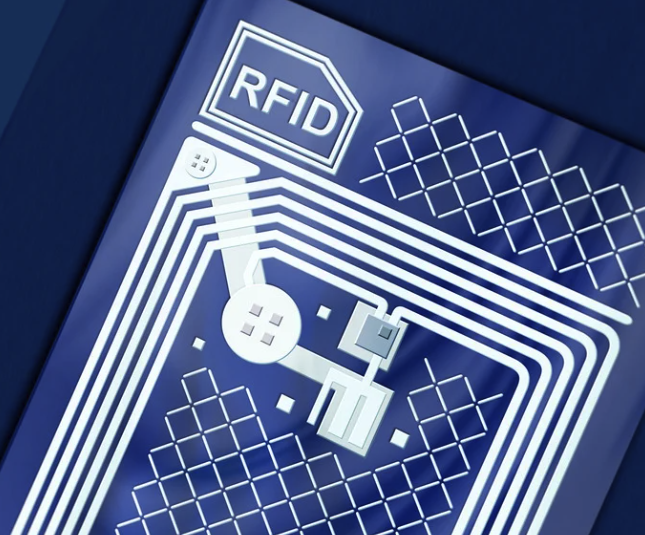The Future of Product Identification: RFID vs. Traditional Barcode Labels

The Future of Product Identification: RFID vs. Traditional Barcode Labels
In today’s fast-paced supply chain and retail environments, product identification is more critical than ever. Accuracy, speed, and traceability determine whether businesses thrive or fall behind. For decades, barcodes have been the standard, but in recent years, Radio Frequency Identification (RFID) technology has begun reshaping how companies manage inventory and track assets.
The debate between RFID vs barcode labels isn’t about which is universally better — it’s about which fits your business needs. Let’s explore how these technologies compare, where each excels, and how the future of product identification may look.
A Quick Primer: RFID vs Barcodes
- Barcode Labels: The familiar black-and-white striped patterns found on nearly every product. Scanned with optical readers, barcodes store information such as product IDs and prices.
- RFID Labels: Contain embedded microchips and antennas that communicate with RFID readers via radio waves. These labels can transmit far more data and don’t require line-of-sight scanning.
The Strengths of Barcode Labels
Barcodes remain the most widely used identification system worldwide and for good reason.
Advantages:
- Cost-Effective: Printing barcodes is inexpensive, making them ideal for high-volume industries like retail.
- Universal Standards: Barcodes are recognized globally and require minimal infrastructure to use.
- Simplicity: Easy to print, apply, and scan with existing equipment.
Best Applications: Retail checkout, warehouse shelving, asset tagging, and environments where budget matters most.
The Strengths of RFID Labels
RFID labels are a step into the future, offering advanced features that barcodes can’t match.
Advantages:
- No Line-of-Sight Required: RFID readers can scan labels through packaging, reducing manual handling.
- Bulk Scanning: Dozens of items can be read simultaneously, speeding up inventory checks.
- Data Storage: Each RFID tag can store significantly more information than a barcode.
- Durability: RFID labels withstand rougher environments and can be integrated into smart systems.
Best Applications: High-value goods, supply chain logistics, healthcare equipment, and environments requiring real-time tracking.
RFID vs Barcode Labels: Cost Considerations
While RFID offers clear advantages, cost remains a barrier for some industries. RFID labels are more expensive to produce, and infrastructure costs (readers, software integration) can be significant upfront. However, businesses often recover these costs through:
- Reduced labor
- Faster inventory management
- Lower shrinkage (theft/loss)
- Better supply chain accuracy
The Future of Product Identification
So, what’s next? Experts predict a hybrid future where both RFID and barcodes coexist. For example:
- Consumer Goods: Barcodes for retail scanning, RFID for warehouse management.
- Healthcare: RFID for equipment tracking, barcodes for patient-facing labels.
- Automotive & Manufacturing: RFID for supply chain traceability, barcodes for compliance documents.
Advances in printing technology are also making smart labels — combining barcodes, RFID, and even QR codes — more cost-effective and accessible.
The choice between RFID vs barcode labels depends on your goals. If cost and simplicity are key, barcodes remain reliable. If efficiency, real-time tracking, and data-rich solutions are required, RFID is the future.
At Impact Label, we design and manufacture both barcode and RFID labels, helping businesses transition smoothly into smarter identification systems. Whether you’re ready to invest in RFID or stick with tried-and-true barcodes, we’ll ensure your labels support your business today — and prepare you for tomorrow.

